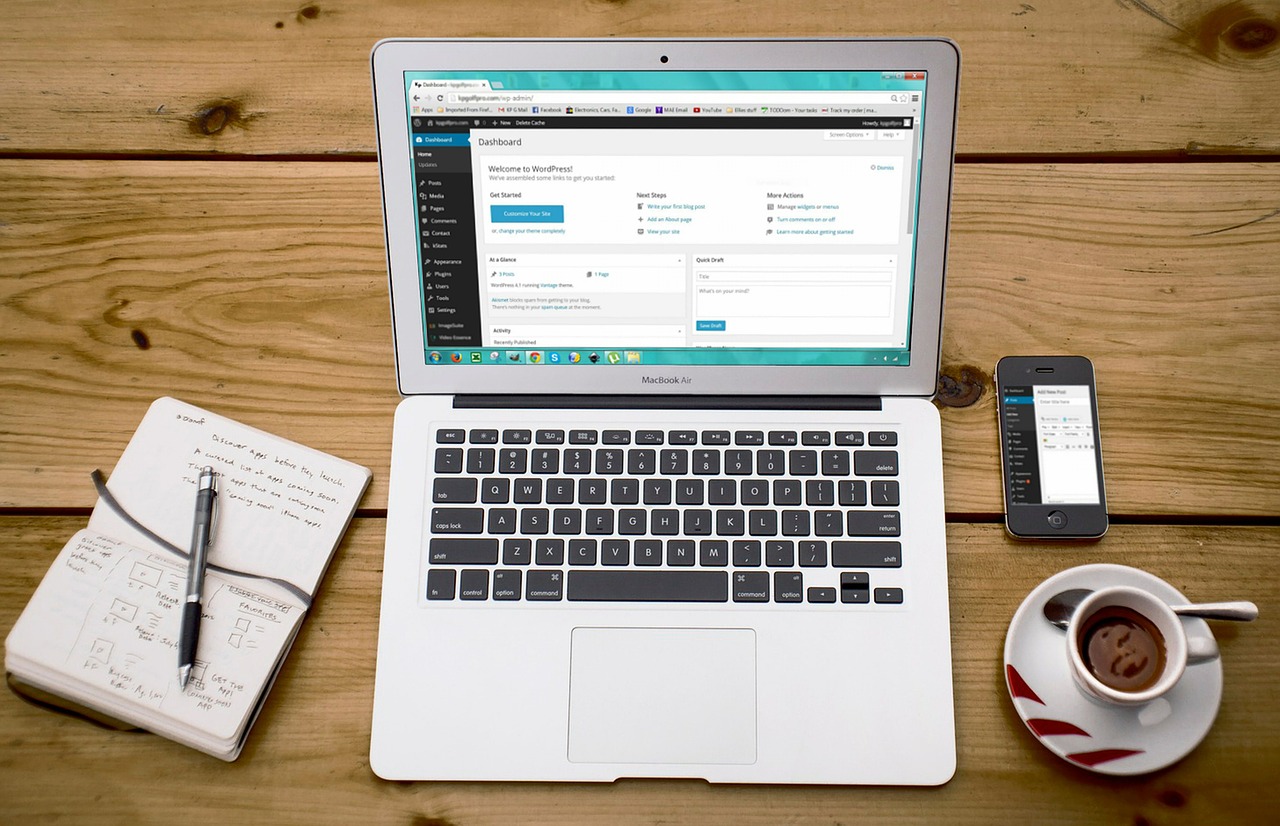August 21, 2018 Leveraging the User Journey for Better App Design
In app design, usability is king. If it doesn’t work in an intuitive way, then users will abandon it quickly. That’s why it’s so important to map out user journeys — because your perspective is inherently biased. You know how the app should work and see each part of the journey before it starts. But your users don’t. First-time visitors aren’t even convinced that your app is worth the download.
You have limited time to persuade these users, thus it’s key to get inside their head. They’ve arrived at your app to answer a specific need (usually singular in nature). While your app may have many fancy features, users don’t care unless you quickly answer their immediate question.
For example, a messaging app must meet the user’s initial need — messaging in a two-way conversation. Additional features, like sending attachments or adding new in emojis, are important but secondary.
To see how the user journey affects app design, let’s start at the beginning.
What is a user journey?
The user journey is a multifaceted timeline of user actions. These actions represent the relationship between users and your brand. The timeline displays touchpoints in every channel. It helps app designers and developers gain insight into how a user experiences the app, while also considering their unique motivations and goals. It’s a customer-centric approach to app design.
The first rule in converting a first-time user to a long-term user is understanding what users expect and what they want to do. Do this by mapping out the user journey within the app. That requires designers to put themselves in the shoes of the user.

User journey factors to consider
The user journey develops based on many factors.
- First, there’s context. How did the user enter the app? Was it a direct download or something that came up during a search? Each scenario has a different path. The direct download may have stronger brand awareness or familiarity.
- Other than context, there is the “why.” Why did the user download the app? What were the motivations? This will also impact the journey.
- The last factor is how easily and quickly a user complete the initial task. Users must be able to either figure it out instantly or have a brief guided onboarding process.
Building the user journey
Wherever you are mapping out the journey — from beginning to end or just a segment of the larger journey — start with your personas. Fully fleshed-out personas have a wealth of information about preferences and motivations. Use those to draw hypotheses about how the user will navigate and experience the app.
The most effective user journeys are informed by research. This comes via feedback and understanding pain points.
When you create the actual map, it should include every touchpoint, benchmark action, and notification. Once you have a map for one persona, move on to the next, recognizing subtle differences. Notice how tweaks to the user journey will meet the expectations of that unique persona.
Simplify the app design process
Before your app is ready for its debut, it’s critical to address the user journey — not as an afterthought, but rather as an essential part of the app design process. For users to download, adopt, and continue to use it, an app must be seamless and predict what a user would do next. When an app can do that, it becomes part of a user’s technology toolkit.
App design is a complex process to get it right. Most apps fail — not because they weren’t good ideas — but rather due to UX issues. Get an app that works based on well-crafted user journeys when you work with Topcoder. Our global network of designers and developers can deliver a fresh, bias-free perspective.

Beth Osborne

